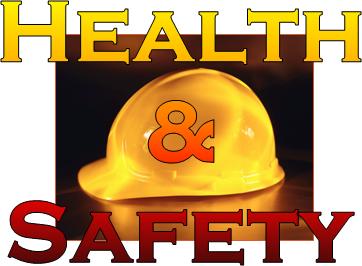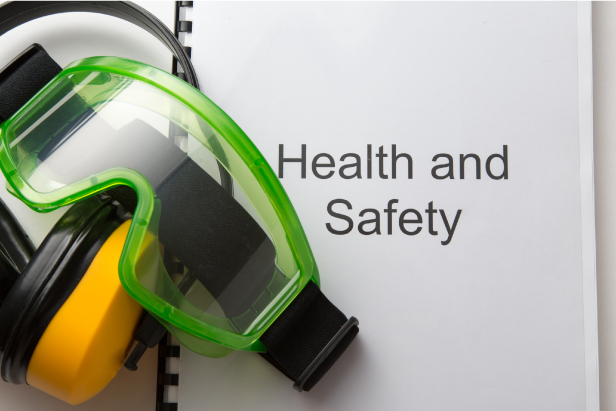The Occupational Safety and Health Administration (OSHA) is the federal agency responsible for protecting the health and safety of workers. OSHA works to ensure that employers follow occupational safety and health regulations and keep the workplace safe. Providing a safe workplace is not only a regulatory requirement it is an effective way of improving performance and the bottom-line. Companies that maintain a healthy workforce will find both direct cost-savings, e.g., lower workers’ compensation insurance and reduced medical expenditures, as well as impacts on indirect costs that may include increases in productivity and morale which lead to reductions in turnover.

OSHA Safety and Health Program Management Guidelines, originally issued in January 1989 as The Four-Point Workplace Program, describe voluntary guidelines representing OSHA’s policy on what every worksite should have in place to protect workers from occupational hazards. The key program elements include:
Management commitment and employee involvement,
Worksite Analysis,
Hazard Prevention and Control, and
Training for Employees, Supervisors, and Managers.
In addition to the federal program, there are currently 22 States and jurisdictions operating complete State plans (covering both the private sector and State and local government employees) and 5 – Connecticut, Illinois, New Jersey, New York and the Virgin Islands – which cover public employees only. (Eight other States were approved at one time but subsequently withdrew their programs).
OSHA Consulting Services
In addition to the federal program, there are currently 22 States and jurisdictions operating complete State plans (covering both the private sector and State and local government employees) and 5 – Connecticut, Illinois, New Jersey, New York and the Virgin Islands – which cover public employees only. (Eight other States were approved at one time but subsequently withdrew their programs).
OSHA Consulting Services

ESC is positioned to provide a full range of OSHA consulting services to assist you in either developing or improving upon your health & safety programs. Our compliance service offerings can provide you assistance in a broad range of the OSHA standards, including:
Chemical Handling: Procedure and Storage
Chemical Hygiene: Laboratory Program Plans and Training
Confined Space Entry (Permit-required): Programs and Training
Hazard Communication: Programs, Training, Evaluation of New Products, Labeling
HAZWOPER: Safety and Health Plans, Site-Specific Refresher Training & Mock Drills
Occupational Noise Exposure: Hearing Conservation Programs, Noise Monitoring, Engineering Controls, Training
Control of Hazardous Energy (Lockout/Tagout): Programs and Training
PPE: Job Hazard Assessments, PPE Selection and Employee Training
Process Safety Management: Analysis/HAZOPs, Requirements, and Plans
Respiratory Protection: Programs Training/Fit Testing and Medical Surveillance
Safety Committee and Supervisory Training/Certification
Toxic & Hazardous Substances: PELs & Industrial Hygiene Standards – Subpart Z Contaminants, e.g., Lead, Cadmium, Methylene Chloride, etc…
Workers’ Compensation and Injury/Illness Prevention and Record Management
We look forward to assisting you.
Let our experience and expertise increase your profits!
For More info:...